The 5 Best Bear Buffets You Can Hike
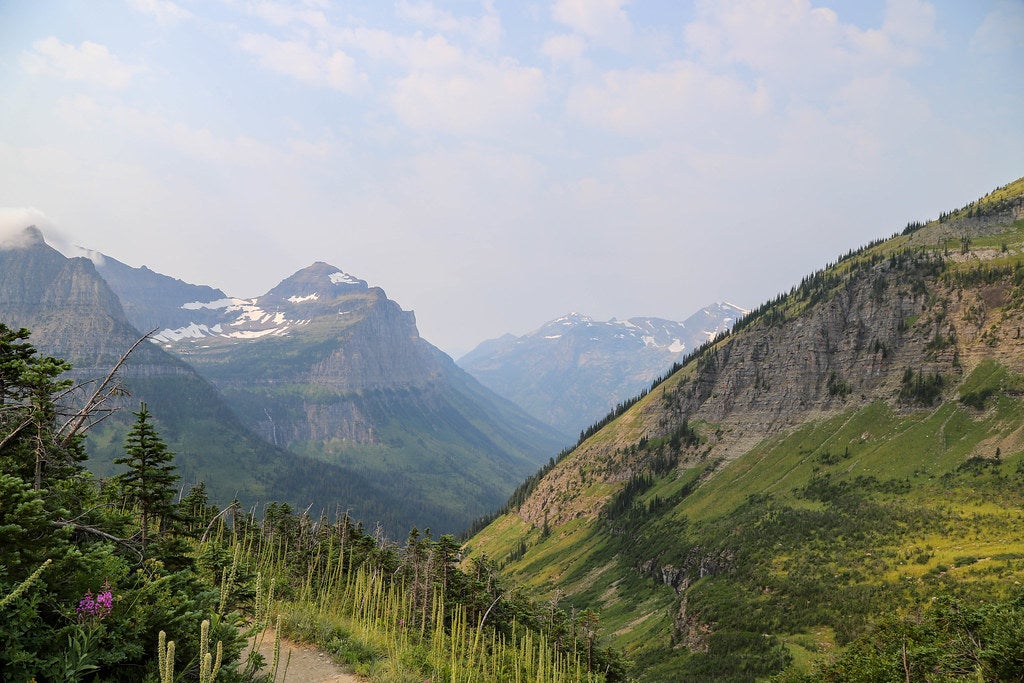
Highline Trail, Glacier National Park, MT
Glacier’s bears like this stretch of the continental divide just as much as the park’s human visitors, though they’re more interested in eating the grasses and insects of the alpine meadows than admiring their scenery. At 11.8 miles round-trip with just under 2,000 feet of elevation gain, it isn’t an easy hike, but between the bears and the views, it’s well worth it. Start from the Going-to-the-Sun Highway before edging along .3-mile of narrow ledges a hundred feet up a cliff, then head up to the open meadows of Haystack Pass and Granite Park beyond. Pause after the narrowest portion of the ledges to see Mt. Oberlin and Heavens Peak’s startling cliffs to your west. The meadows past the cliffs have the same views, often with the added bonus of black bears and grizzly bears in the foreground. You might not enjoy the roots and cutworm moths as much as the grizzlies that roam around the trail, so bring your own lunch for this one.
Permit $35 entrance fee (per car; lasts one week) Contact Glacier National Park
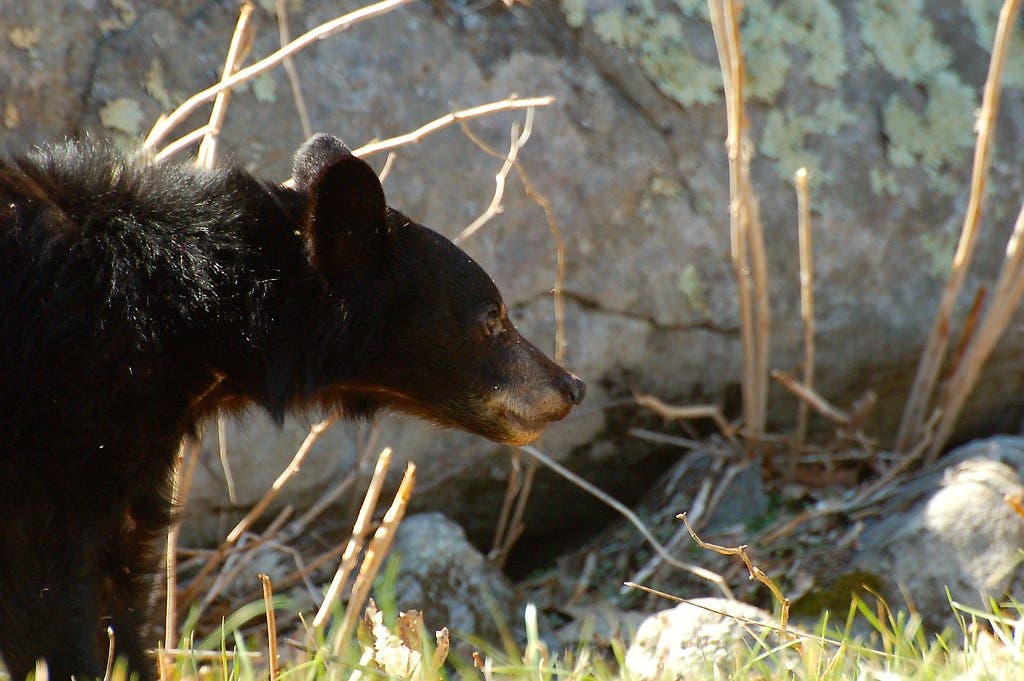
Whiteoak Canyon Trail, Shenandoah National Park, VA
With a bears to wilderness ratio of up to four per square mile, Shenandoah National Park is a great place to spot some of the east’s black bears. The park’s large tracts of contiguous forest habitat supply the bears with den sites and foraging grounds; the large oak population, and correspondingly large acorn crop, is a particularly popular food source in the fall. The apple trees that grow at low- and mid-elevations in the park are equally popular. Scout out some bruin “restaurants” and their patrons on the Whiteoak Canyon Trail, with the added bonus of eight waterfalls in a 7.3-mile loop. Black bears are most active at dawn and dusk; always make sure to warn them when you’re coming, though (clapping and singing are the classic methods), so your bear spotting doesn’t turn into a mauling.
Permit entrance fee, $30 per vehicle per week Contact Shenandoah National Park
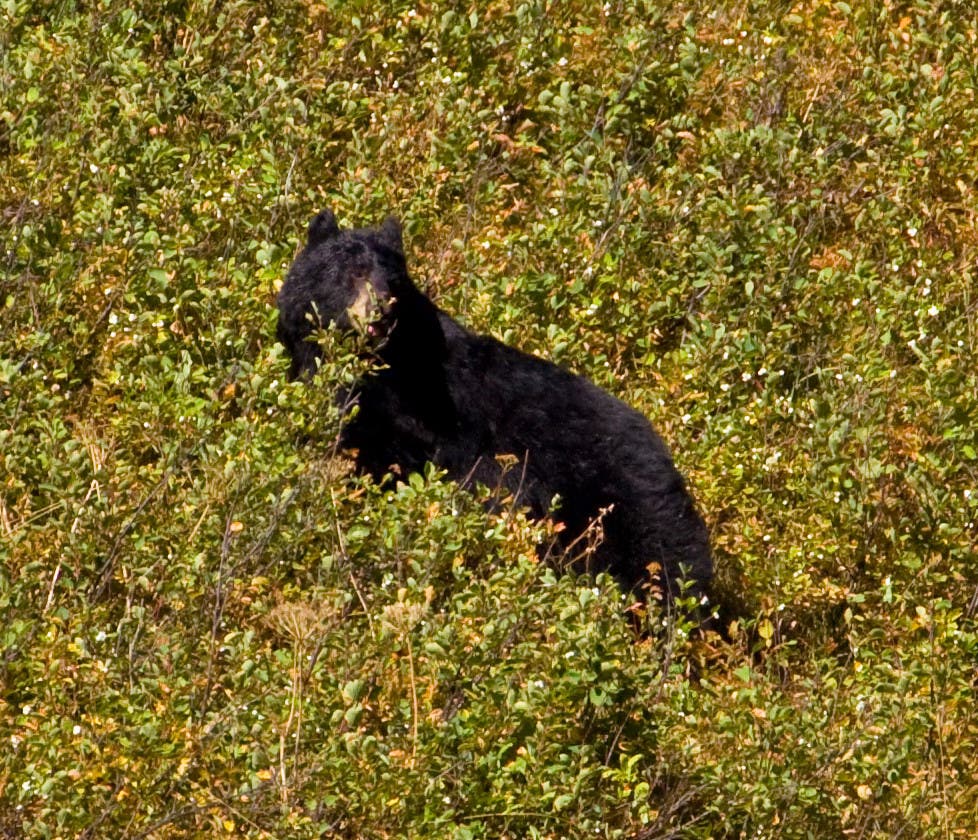
Cascade Pass, North Cascades National Park, WA
The biggest bear-spotting challenge on this trail: tearing yourself away from the alpine blueberries long enough to look for the black bears munching on the same bushes. Switchback through the trees before breaking out into expansive meadows at Cascade Pass, 3.6-miles from the trailhead. The pass has arguably some of the best views in the North Cascades; the horizon is dominated by glaciated ridges sweeping from Johannesburg Mountain to El Dorado Peak, with wide meadows spread at their feet. In late summer and early fall these meadows turn to a wild berry farm, where the park’s black bears (and hikers) pack in a pre-winter feast.
Permit none Contact North Cascades National Park
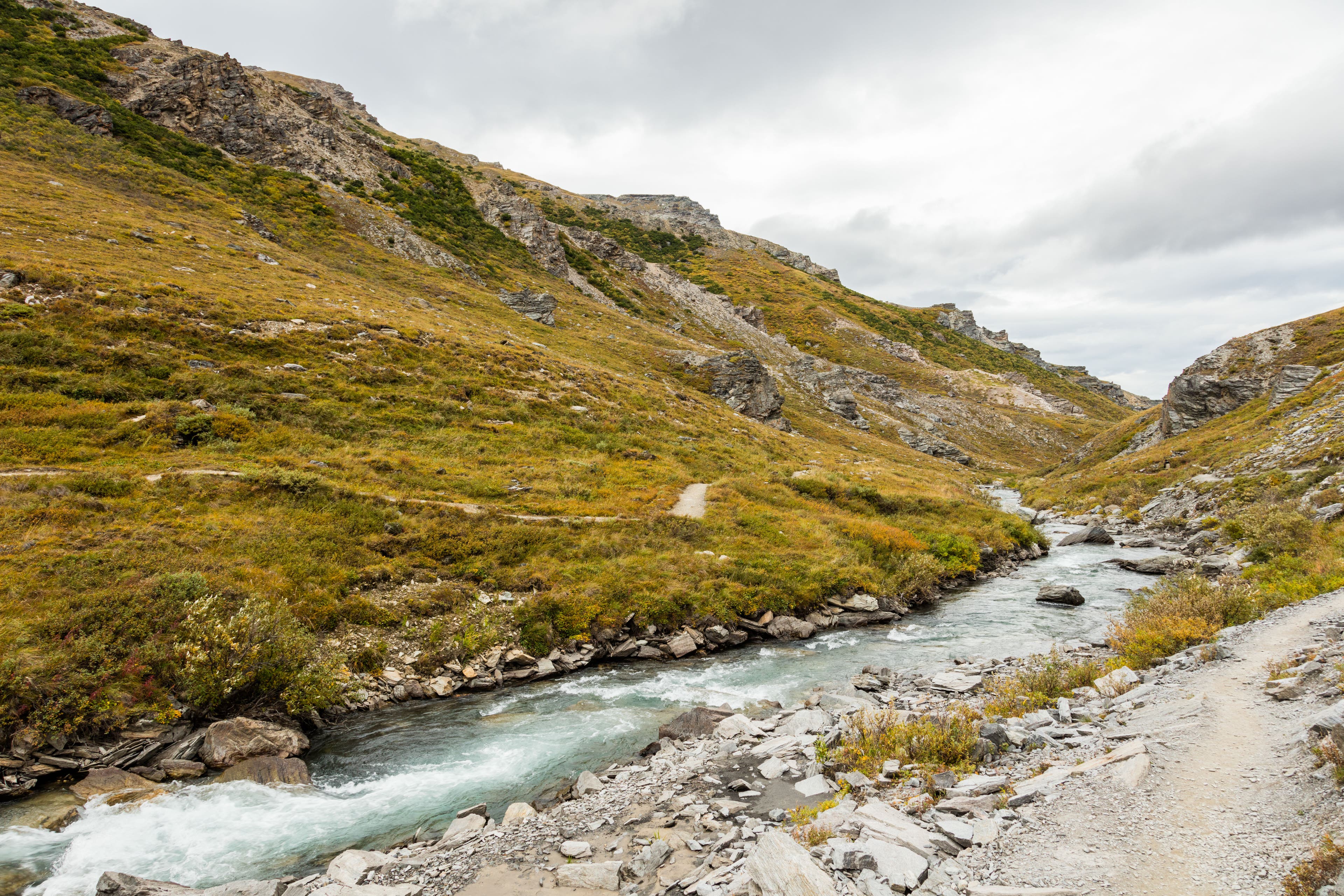
Savage River Loop, Denali National Park, AK
This short trail packs plenty of wildlife-spotting potential into a scant 1.7 miles. Loop between Mount Margaret and Healy Ridge, following the banks of the Savage River. Despite the short length of trail, the wilderness closes in quickly away from the trailhead, and the wildlife comes with it; both grizzly and black bears frequent the trail. The shrubs and grasses to either side of the rapids aren’t the only draw for hungry bears here; ptarmigan, marmots, and pikas frequent the slopes rising from the river, along with foxes that share carrion finds with the park’s bears.
Permit $15 per person entrance fee (good for a week) Contact Denali National Park
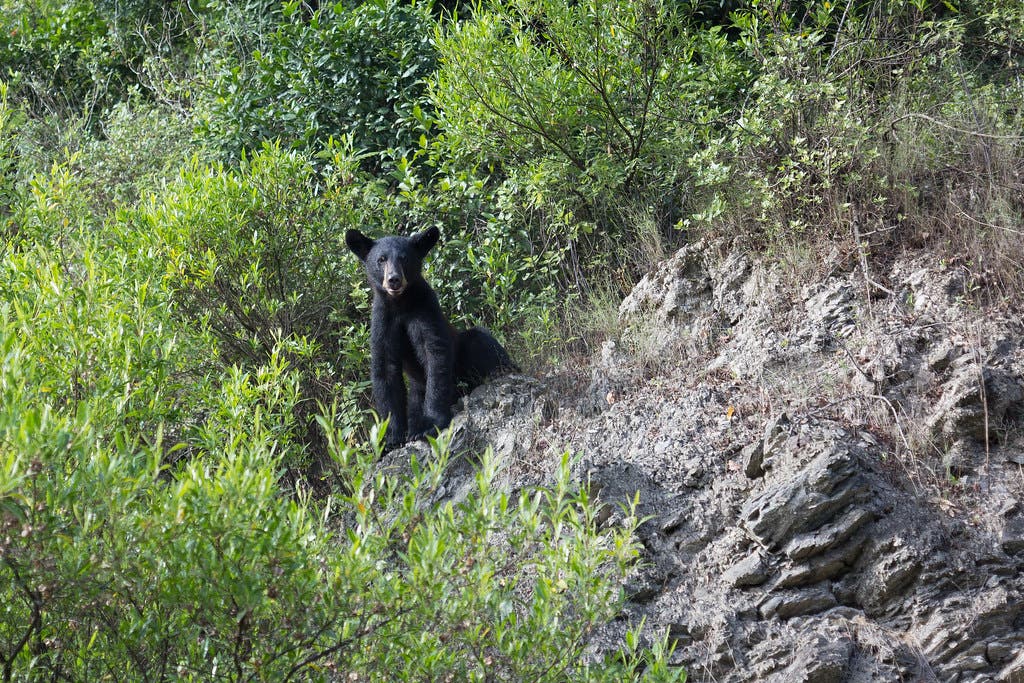
Sandy Ridge Wildlife Trail, Alligator River National Wildlife Refuge, NC
Located in the heart of some of the east’s best bear country, Sandy Ridge Wildlife Trail is the place to spot black bears bulking up for winter. Linger along the 1-mile out-and-back to watch the animals wander through the loblolly pines and sweet gum trees. Fish and frogs in the trail’s Creekside wetlands are common bear snacks, along with acorns, grasses, fall berries, and occasionally carrion. On calm days you can sometimes hear another apex predator, red wolves, from the end of the trail; the pack is part of an experimental reintroduction and captive breeding program for the endangered species. Great blue herons and otters also frequent the creek beside the trail.
Permit none Contact Alligator River National Wildlife Refuge
Safety
Following a few simple rules will keep you safer in bear country. Make sure to store food safely, hike in a group, and sing, clap your hands, or otherwise make noise to warn bears of your presence.